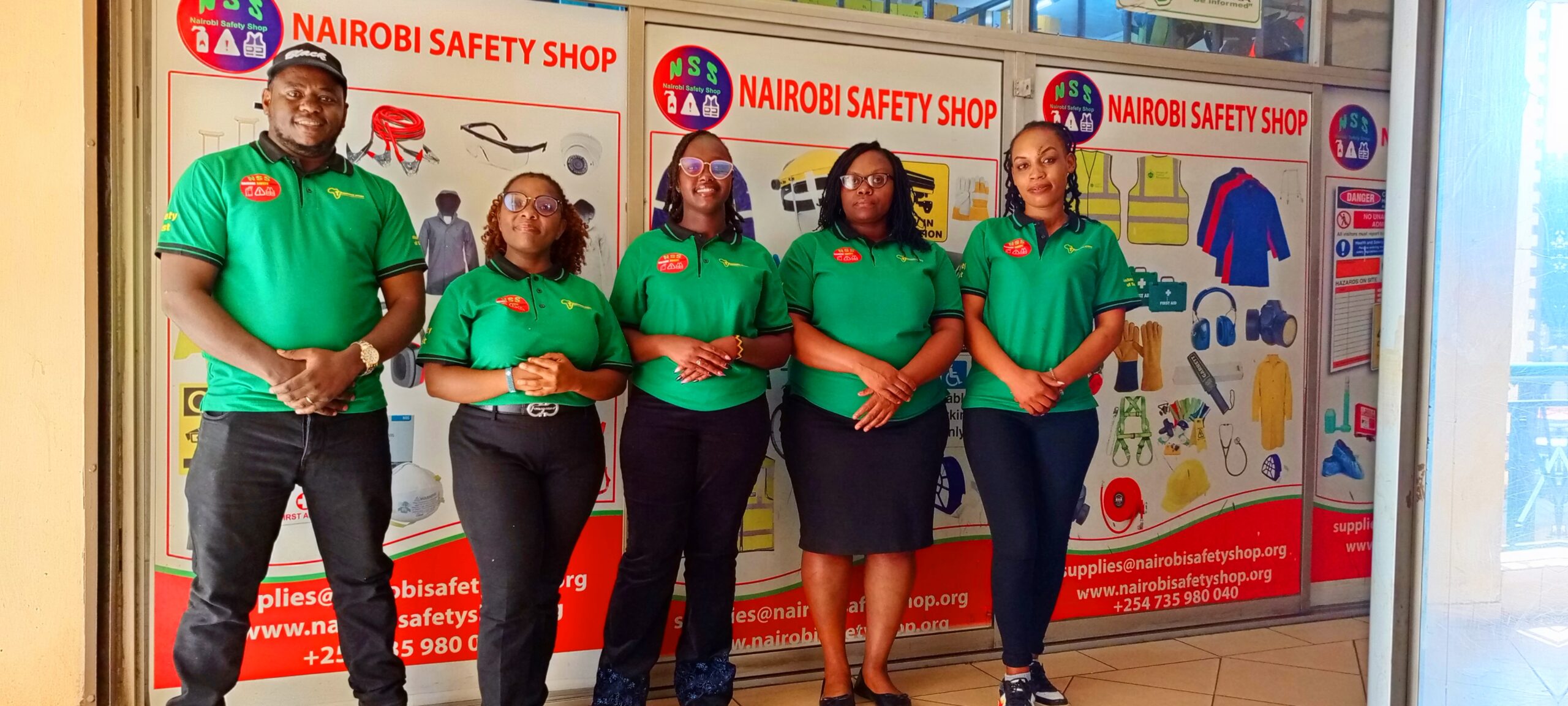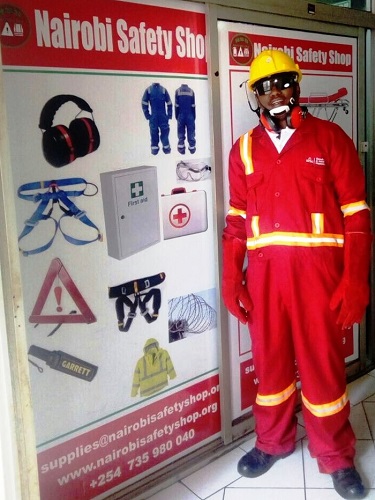A clear and consistent safety culture in the workplace helps establish procedures and values for maintaining a safe work environment. Without this, many organizations find themselves falling short with their safety programs. Culture is defined as a shared set of common values, experiences, beliefs, and characteristics.
A safety culture is an organisational culture that places a high level of importance on safety beliefs, values and attitudes—and these are shared by the majority of people within the company or workplace. A positive safety culture can result in improved workplace health and safety (WHS) and organisational performance.
A good safety culture helps an organisation maintain safe operations. By having everyone, from operators to managers, take safety seriously, remaining watchful and avoiding compromises, means that operations are conducted in as safe a manner as reasonable, given the risk of the licence holders operation.
It not only protects workers from injury and illness, it can also lower injury/illness costs, reduce absenteeism and turnover, increase productivity and quality, and raise employee morale. In other words, safety is good for business. Plus, protecting workers is the right thing to do.
- AMB STEVE MBUGUA
- August 16, 2021
A Consistent Safety Culture
Edified by this? share with your friends and loved ones

About the Author
AMB. STEVE MBUGUA
Amb. Steve Mbugua is an enthusiastic Ambassador of Safety and wellness with in-depth training, safety advisory and Workplace Safety Behavior Change Coaching experience. He is the Founder and Executive Director of Makinika Afrika Int’l , a Health and Safety Training Firm in Kenya and Group CEO Nairobi Safety Shop Limited, the largest Security, Safety and Health Store in the East and Central Africa and Managing Director, Stewa Safaris Kenya Limited a Premier Tours and Travels Company in Kenya.
Social Handles
Explore More Blogs

Traditional Wilderness Settings and Remote Locations Occupational Health and Safety
Occupational health and safety (OHS) practices can vary significantly

Building A Culture Of Safety Practical Guide
This is one of the most comprehensive Safety material

FUNDAMENTALS OF CHURCH USHERING – DOs and DON’Ts
For the years I have served in the ushering

The Schemes of the Enemy: Recognizing, Understanding, and Overcoming Spiritual Tactics
Introduction I am Ambassador Steve Mbugua, the Founder and

Managing Workplace Risks and Hazards
In today’s complex work environments, managing risks and hazards

THE MYSTERY OF MANTLES IN USHERING IN THE GREAT REVIVAL
Lately am tracing the roots and the great works

Common sense In Church Ushering
Common sense In Church Ushering 1. Maintain proper appearance

Comprehensive Guide to Varieties of Safety Culture by Ambassador Steve Mbugua
Globally Recognized Ambassador of Safety As Ambassador Steve Mbugua,

The Rise of 21st Century Kingdom Financiers: Building the Kingdom Through Strategic Investments
The 21st century has witnessed the emergence of a









